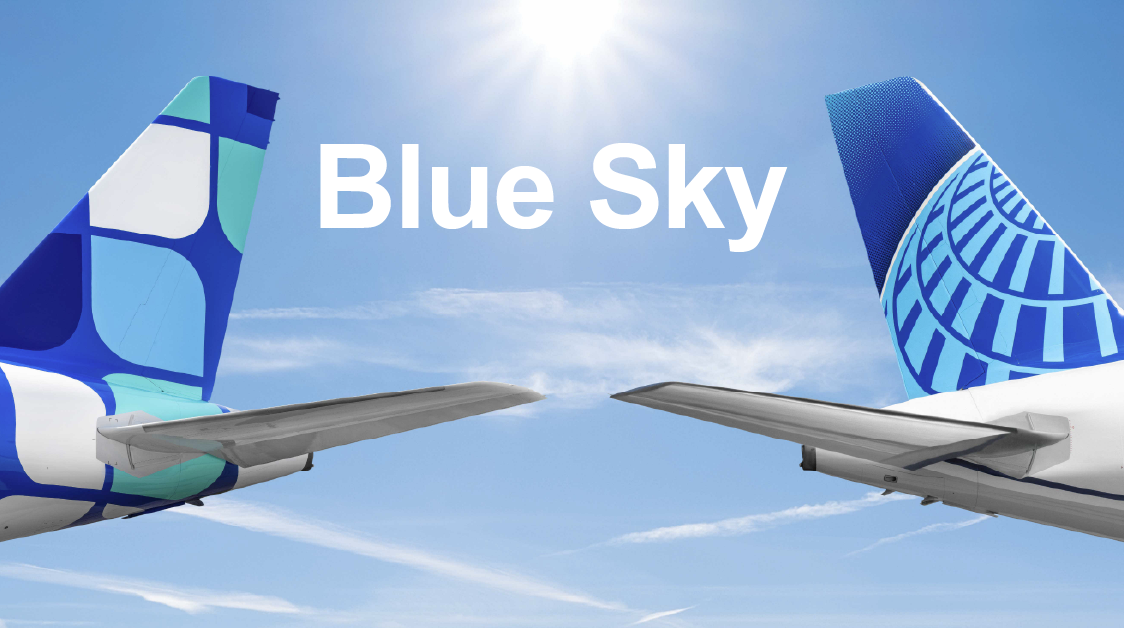United Slashes Newark Flights as FAA Staffing Crisis Triggers Widespread Delays
With air traffic control failures mounting, United takes drastic action to protect its passengers—especially those who depend on reliability
by George Gomez
May 5, 2025
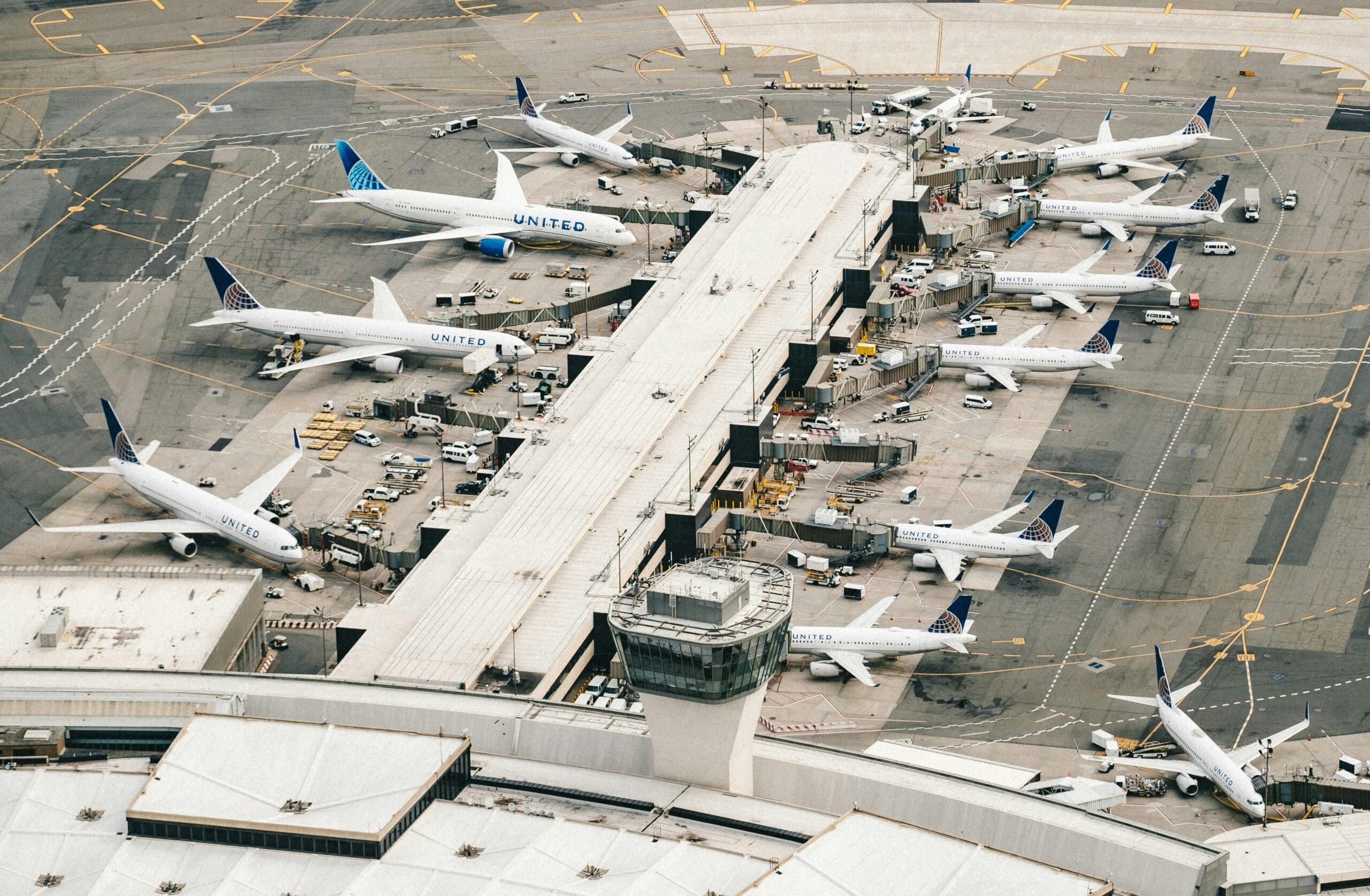
Photo: Newark Liberty International Airport. Courtesy of Chris Leipelt / Unsplash
Newark Liberty International Airport (EWR), a vital gateway for business travelers across the Northeast, has become the epicenter of a cascading operational crisis. Plagued by FAA technology outages, chronic controller shortages, and runway construction, the airport saw nearly half of all inbound flights delayed on Saturday—an unacceptable scenario for executives, frequent flyers, and those with tight schedules.
United, Newark’s largest carrier and a critical link for business travelers to 76 U.S. cities and 81 global destinations, is now taking matters into its own hands.
“No Other Choice” — United Slashes 35 Roundtrips Daily
“For many years, United has been very clear and vocal about the need to fix the Air Traffic Control system in EWR,” said United CEO Scott Kirby. “The long-simmering FAA challenges boiled over this week.”
Kirby didn’t mince words. In a direct call for accountability and action, he laid out the consequences of years of government inaction:
“On more than one occasion, technology that FAA air traffic controllers rely on to manage the airplanes coming in and out of Newark airport failed—resulting in dozens of diverted flights, hundreds of delayed and canceled flights, and worst of all, thousands of customers with disrupted travel plans.”

Photo: Courtesy of Jimmy Woo / Unsplash
Kirby said the tipping point came when more than 20 percent of FAA controllers walked off the job at the Philadelphia TRACON, the regional facility that now manages Newark’s airspace.
“This particular air traffic control facility has been chronically understaffed for years… and now the FAA tells us Newark airport cannot handle the number of planes that are scheduled to operate there in the weeks and months ahead.”
To protect reliability, especially for its core frequent flyer base, United is cutting 35 roundtrip flights per day from its Newark schedule starting this weekend.
“It’s disappointing to make further cuts to an already reduced schedule at Newark,” Kirby said. “But since there is no way to resolve the near-term structural FAA staffing issues, we feel like there is no other choice in order to protect our customers.”
Business Travelers Bear the Brunt
The fallout is especially disruptive to frequent travelers who rely on Newark for time-sensitive connections to major economic centers, from Boston and Chicago to London and São Paulo.
Last-minute rebookings, missed meetings, and costly overnight stays have become increasingly common. And with construction closing the airport’s busiest departure runway until mid-June, delays are likely to escalate before they improve.
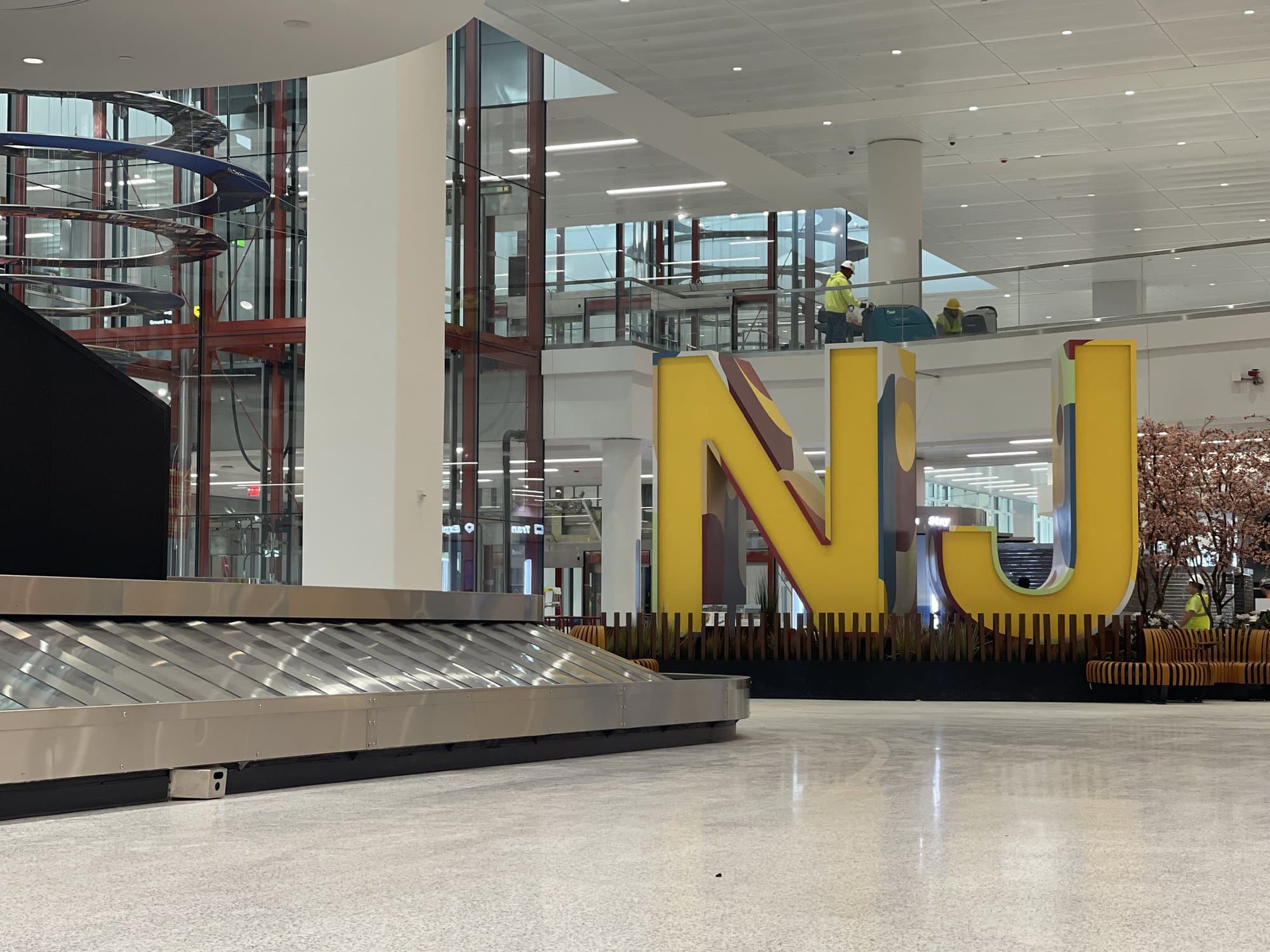
Photo: Courtesy of Newark Airport
The delays at Newark have been relentless and far-reaching. According to data from FlightAware, nearly half of all inbound flights to the airport were delayed on Saturday alone. On Sunday, 141 flights were canceled, and 432 more were delayed. In total, thousands of flights have been disrupted in recent days, turning routine travel into a logistical nightmare for business flyers.
The combination of several operational challenges has pushed the system to its limits. These issues include ongoing staffing shortages at the FAA’s regional air traffic control facility, frequent failures of essential FAA equipment used to track and manage flights in and out of Newark’s airspace, and severe thunderstorms that caused grounding or delays in operations throughout the weekend. Additionally, ongoing construction has closed the airport’s busiest departure runway through mid-June, which has reduced capacity and added pressure to an already strained system.
For business travelers—many of whom build their schedules around tight connections and time-sensitive meetings—the uncertainty is especially punishing. High-status flyers accustomed to predictability and premium service are now facing rolling delays, sudden cancellations, and last-minute reroutes that leave little room for flexibility.

Photo: Newark Terminal C. Courtesy of PANYNJ
Even those traveling on early-morning or off-peak flights have been affected, with delays cascading throughout the day due to reduced airspace capacity. Passengers on delayed inbound flights have reported being held on tarmacs for hours, while others have been diverted to alternate airports altogether.
FAA Under Fire, Eyes Tech Overhaul
Transportation Secretary Sean Duffy visited the Philadelphia TRACON this week and acknowledged the root of the crisis: outdated technology and staffing shortages.
“It’s unacceptable,” Duffy said. “We are working to harden the system. But this is why it’s critical that we build an all-new air traffic control system.”
Visited the Philadelphia TRACON today to talk with our hard working air traffic controllers as we work to fix these equipment outages caused by outdated technology. It’s unacceptable. We are working to harden the system. But this is why it’s critical that we build an all-new air… https://t.co/IQth5dF1Bz
— Secretary Sean Duffy (@SecDuffy) May 2, 2025
Duffy has announced a recruitment push and incentive programs to keep controllers from retiring. But the FAA’s union, the National Air Traffic Controllers Association, warns that the system is still “long overdue for technology and infrastructure upgrades.”
Kirby has called on the FAA to take immediate and decisive action by designating Newark as a Level 3 slot-controlled airport—a move that would prevent airlines from overscheduling and crowding an already strained airspace.
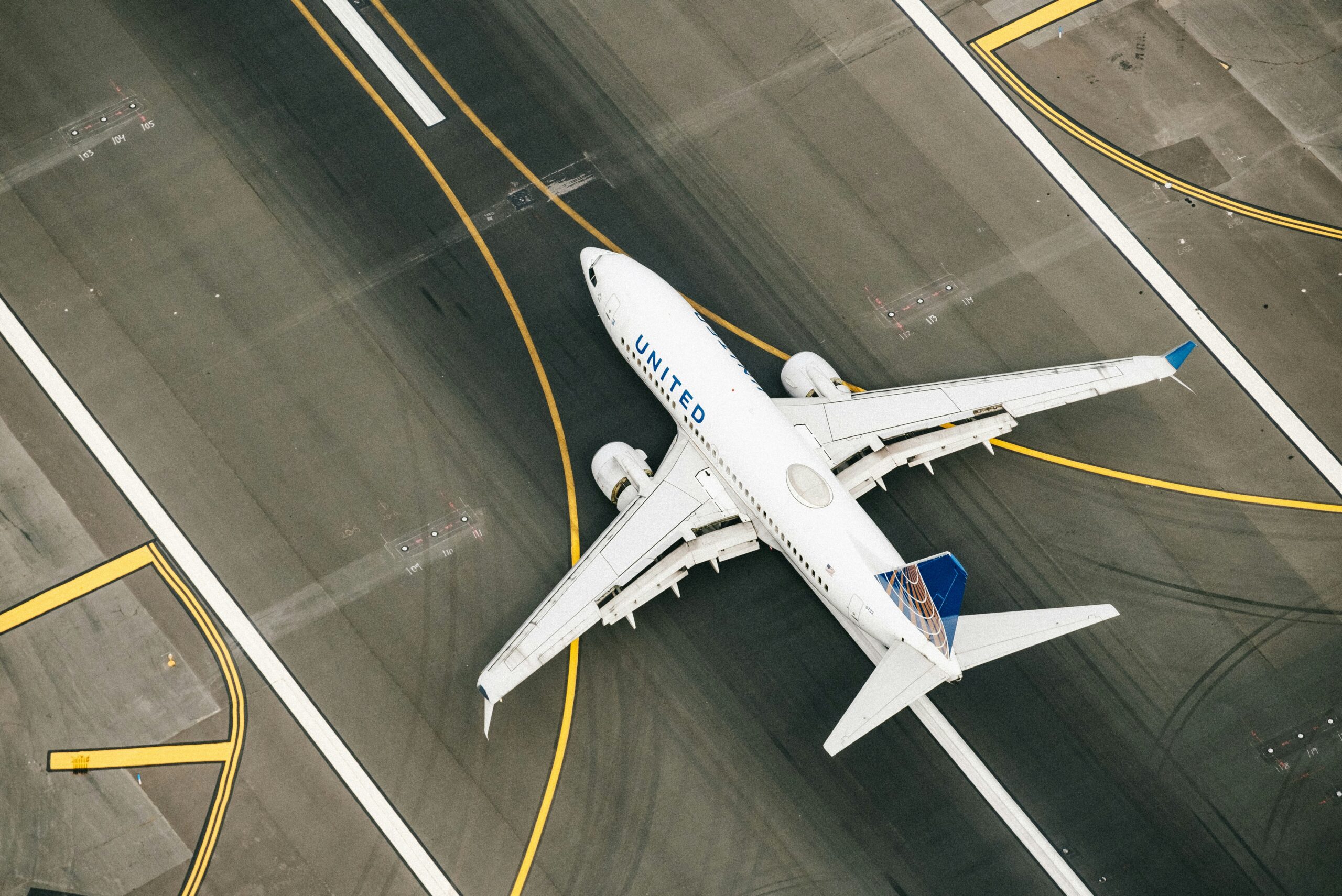
Photo: United Airlines, Boeing 737-700. Courtesy of Chris Leipelt / Unsplash
“By using the authority it has, the FAA can help Newark fulfill its incredible potential to be a safe, reliable, and efficient gateway to the world for the American traveling public.”
NBC News aviation correspondent Tom Costello underscored the severity of the situation with a chilling anecdote: “An air traffic controller from Newark told me, unsolicited: ‘It is not safe. It is not a safe situation right now for the flying public… Don’t fly into Newark. Avoid Newark at all costs.”
A Ray of Hope: New Pipeline for Controllers
The long-term solution may lie with programs like the FAA’s new partnership with Embry-Riddle Aeronautical University. Students at the Daytona Beach campus can now bypass the traditional FAA Academy pipeline and report directly to control facilities after graduation.
Michael McCormick, associate professor at the Daytona Beach Embry-Riddle campus, said the program is designed to rapidly address the shortage.
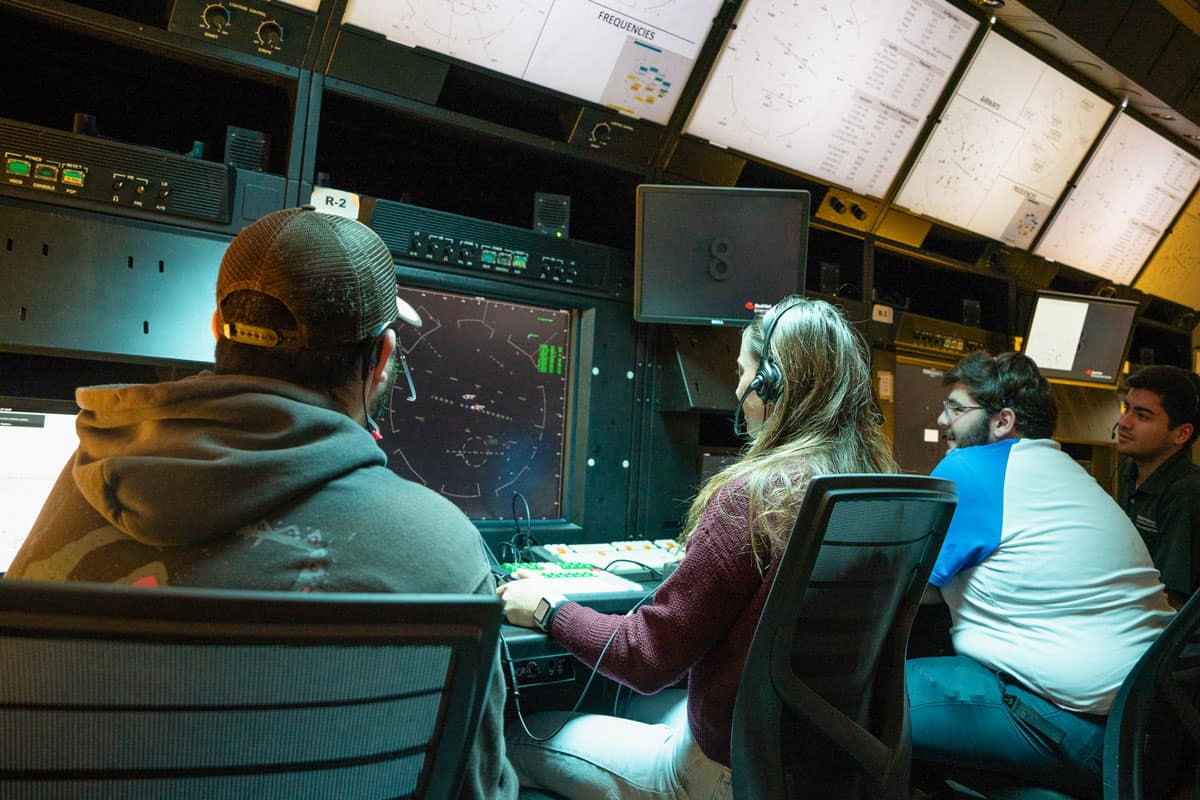
Photo: Courtesy of Embry-Riddle Aeronautical University / Bill Fredette-Huffman
“We’re expecting 60 to 120 students per year to become air traffic controllers. This partnership sets them up with everything they need before graduation.”
However, 120 is a far cry from the thousands of Air Traffic Controllers that the FAA is in urgent need of.
Embry‑Riddle is the third university to sign an agreement with the FAA for the Enhanced AT-CTI initiative, which was first announced in February 2024.
“Embry‑Riddle is proud to be among the first schools to be signed to the Enhanced AT-CTI program and to be part of an important effort by the FAA to fill the air traffic controller pipeline,” said Embry‑Riddle President P. Barry Butler.
“Graduates of our Air Traffic Management program will greatly benefit from this partnership, and our nation’s aviation system stands to gain as well, as these students are eager and well-prepared to safeguard the flying public.”
Until Then, Expect More Turbulence
For now, travelers using Newark should plan for additional buffer time, backup itineraries, and frequent schedule changes. Kirby, while frustrated, expressed gratitude for frontline workers.
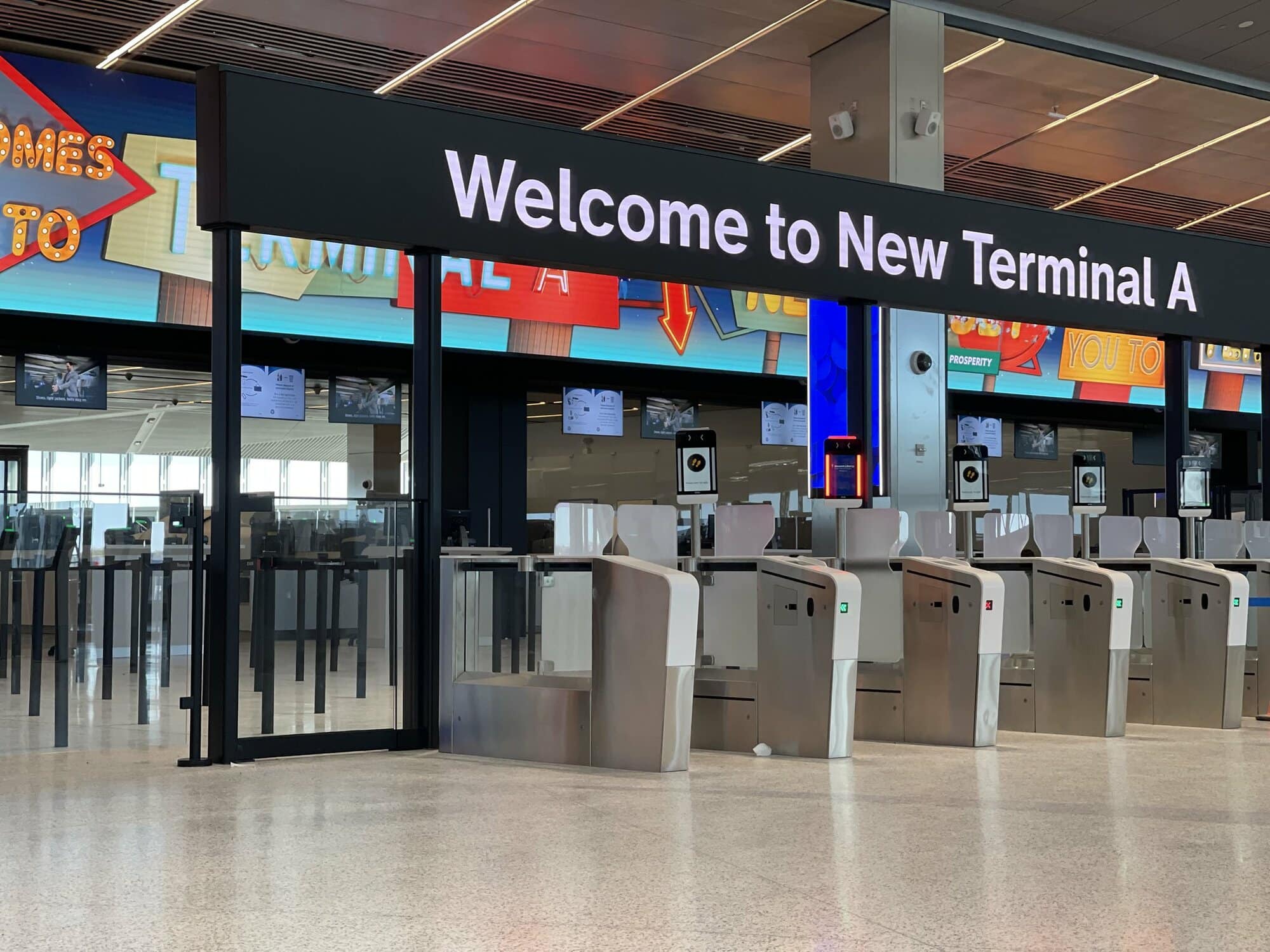
Photo: Courtesy of Newark Airport
“There are highly skilled professionals at the FAA, including air traffic controllers, who are persevering through technology and staffing shortfalls to ensure that the tens of thousands of people traveling through Newark every day get to their destinations safely.”
But he made it clear: stopgap solutions won’t be enough.
“We’re pleased that the new administration has put together a proposal for a large, systemwide investment in FAA technology, infrastructure and staffing. In the medium to long term, it’s the only way to solve the systemwide problem.”


